Foot conditions such as athlete’s foot and bunions are not only unpleasant to look at but can also cause discomfort. In the US, more than a million bunion surgeries occur annually, with some individuals undergoing multiple surgeries. Fortunately, it is feasible to naturally alleviate bunion pain and promote healing.
Understanding Bunions
Bunions are often misunderstood. While some may think they are an overgrowth of bone or calcium that can be removed or dissolved, bunions actually involve increased tissue development and swelling around the joint of the big toe, eventually leading to joint hardening. A bunion that forms on the pinky toe is sometimes referred to as a tailor’s bunion.
Who is Prone to Bunions?
In "Every Woman’s Guide to Foot Pain Relief" by Katie Bowman, it is noted that both women and older adults have a higher likelihood of developing bunions. Women’s footwear, particularly high heels, often squeezes the toes, contributing to bunions. Although some experts suggest a genetic predisposition to bunions if one’s parents have them, this theory has its pitfalls.
The Causes Behind Bunions
Understanding how bunions develop is crucial to addressing the issue. Traditional podiatry often teaches that bunions are a hereditary structural deformity. Some individuals have less elastic soft tissue in their feet, possibly due to genetics. This reduced elasticity can lead to an inability to revert to a natural foot shape after wearing tight shoes. However, the root cause is most often in the footwear. Modern shoes with narrow toe boxes force the big toe into an unnatural position, leading to bunion formation. Continuous use of high heels exacerbates this condition by locking the foot in a flexed state, affecting muscle function and joint health.
Incorrect Footstep Patterns
Excess pressure on the side of the foot while walking, compounded by narrow, rigid footwear and improper gait, can contribute to bunion development. Excessive pressure on the big toe joint helps push it outward, fostering bunion formation.
What Bunions Are Not
Contrary to some beliefs, bunions are not just calcium deposits or solely genetic structural issues. Even when the big toe joint starts to dislocate and change shape, leading to enlargement and hardening, some clinicians argue this is a misunderstanding, claiming it might be misattributed bone growth.
Common Methods to Address Bunions
Traditional foot specialists often suggest wider shoes, orthotic arch supports, or surgery. Yet, these solutions might not address the foundational issues.
Wider Shoes Fall Short
In shoes stores, devices like the Brannock are used to measure foot width, but they do not measure where it counts—the toe box—which should accommodate natural toe spread. Wider shoes at the sole do not ensure proper toe spread if the design remains tapered.
The Limitations of Arch Support
Our foot muscles have a key role, offering support and relaying sensory data to the brain. Conventional footwear restricts these muscles, leading to weakness over time. Instead, specific exercises can rebuild natural arch support, correcting muscle weakness. Addressing a collapsing knee, known as a valgus collapse, can alleviate the strain on the big toe through exercises like side-to-side walking with a resistance band.
Bunion Surgery
For severe cases, doctors may suggest surgery, which involves cutting bone and rearranging soft tissues. Following surgery, there can be side effects, and without addressing the underlying cause, the bunion may return. Alternatives exist that provide more sustainable remedies.
Alleviating Bunion Pain
To avoid surgical interventions, many seek natural relief methods. These can ease pain and pressure while promoting long-term correction through exercise and proper footwear.
Reducing Inflammation
Anti-inflammatory solutions like turmeric, curcumin, and cold therapy can relieve pain and reduce swelling.
Enhancing Circulation
Boosting blood flow through warm compresses, massage, exercise, and nutritious diets aids in recovery. Studies highlight garlic’s effectiveness in increasing circulation.
Useful Essential Oils
Essential oils such as rosemary may stimulate blood flow. Similarly, pain-reducing oils like copaiba and peppermint, used in low concentrations, can offer relief.
Toe Diversifiers
Devices that separate toes can help feet resume their natural shape and function. A small study showed that toe spacers led to notable pain and functional improvement.
Choosing the Right Footwear
Shoes with narrow toe boxes and high heels can exacerbate bunions. Switching to minimalist or barefoot shoes should be done gradually to prevent injury.
Exercises for Bunions
Strengthening specific foot muscles is crucial to preventing further misalignment of the big toe. Consider comprehensive assessments for gait and muscle functionality.
Acupuncture for Relief
While unable to correct bone alignment, acupuncture can decrease inflammation and manage pain.
Final Insights on Bunion Management
Some bunions require surgery, but natural methods can be explored initially:
- Select footwear allowing natural toe spread and muscle movement.
- Integrate exercises targeting foot and leg muscle strength.
- Use toe spacers for correct toe alignment.
- Focus on increasing circulation and reducing inflammation.
Important Considerations
Individuals with bunions might have underlying foot issues. Consultation with a professional is essential before beginning any exercise regimen to prevent injury.
This content is informed by medical oversight and peer review but is not personal medical counsel. Always consult your healthcare provider for health issues. Have you successfully managed bunions naturally? Share your experiences.


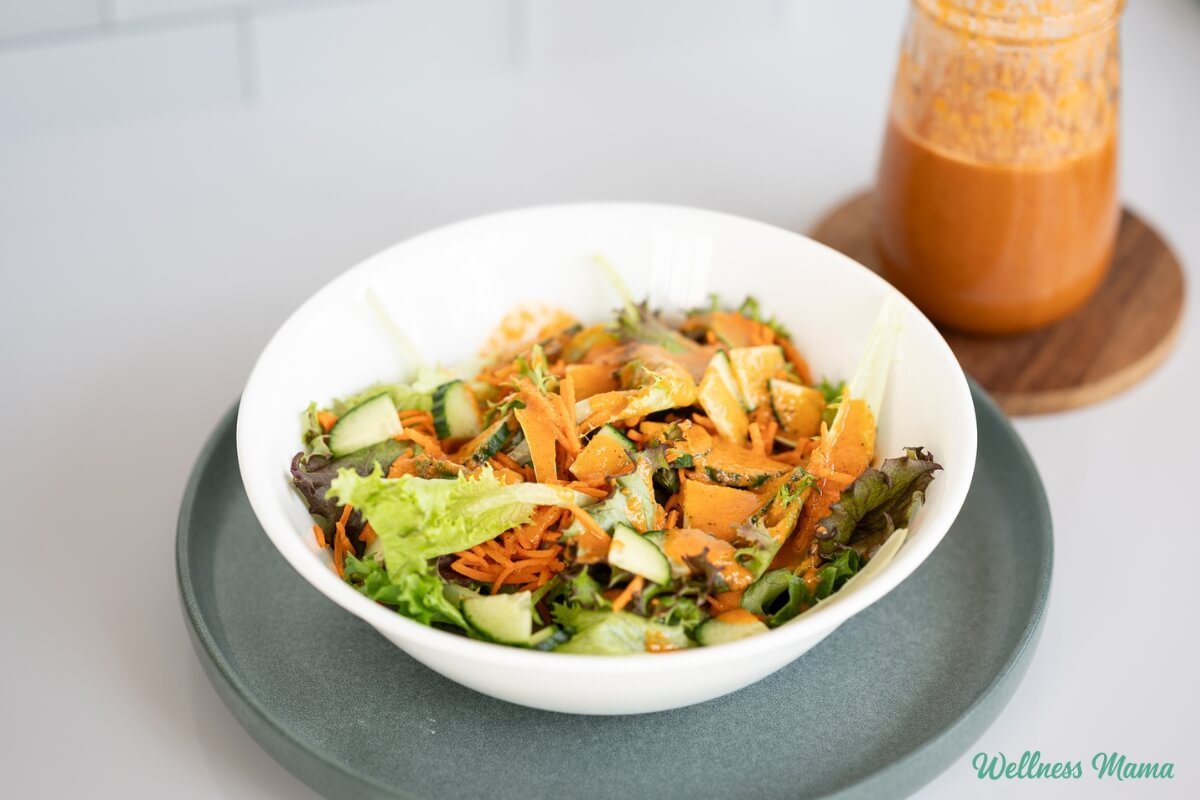

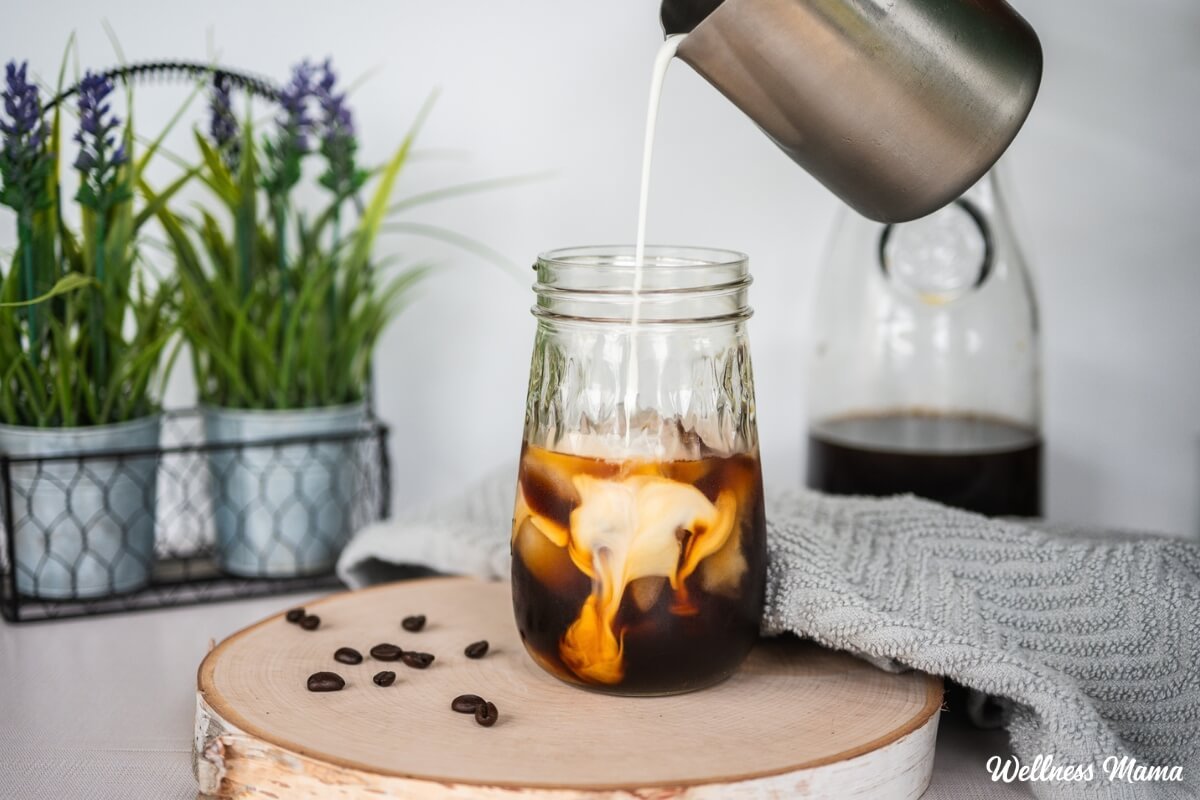
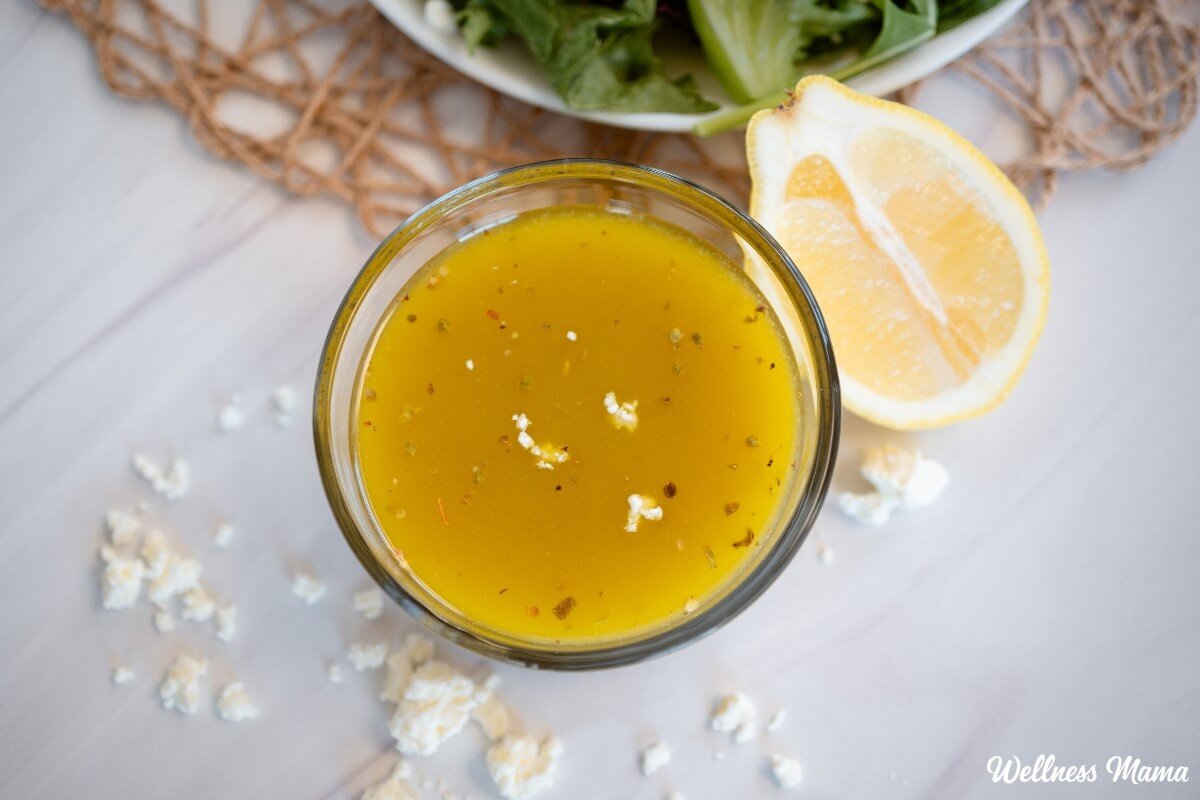
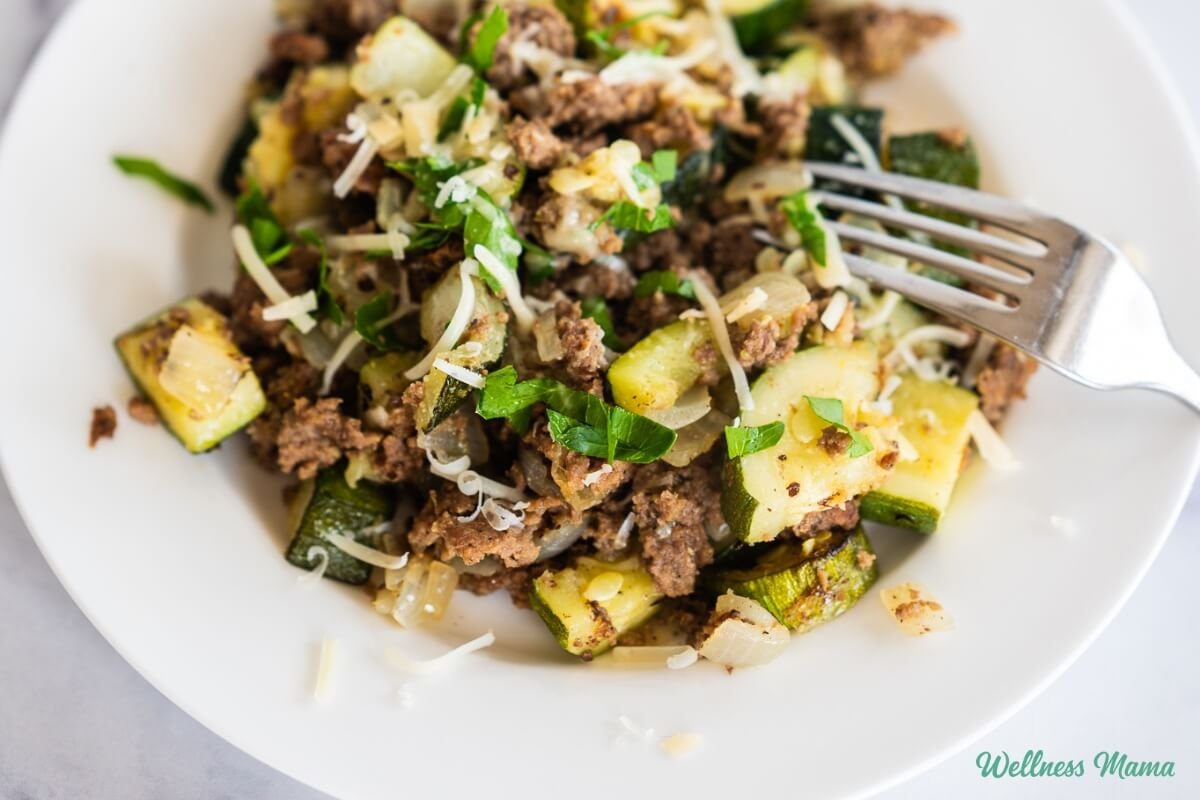

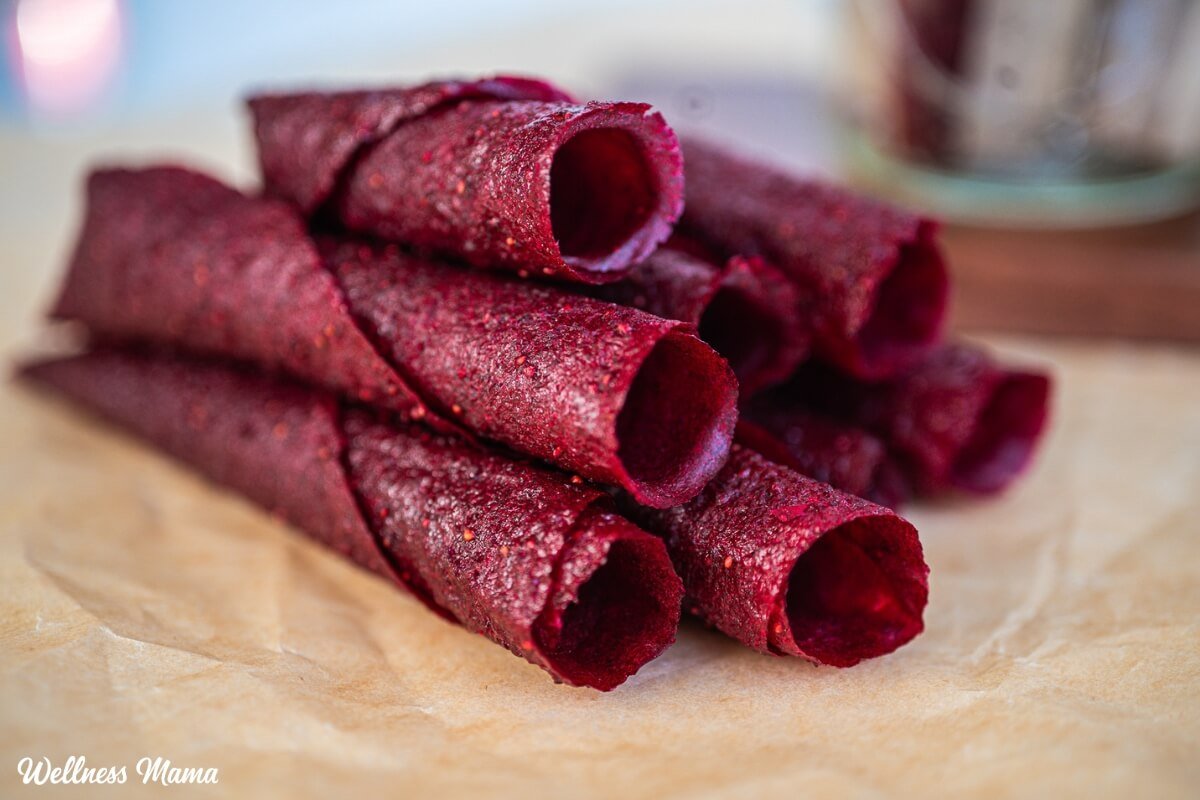


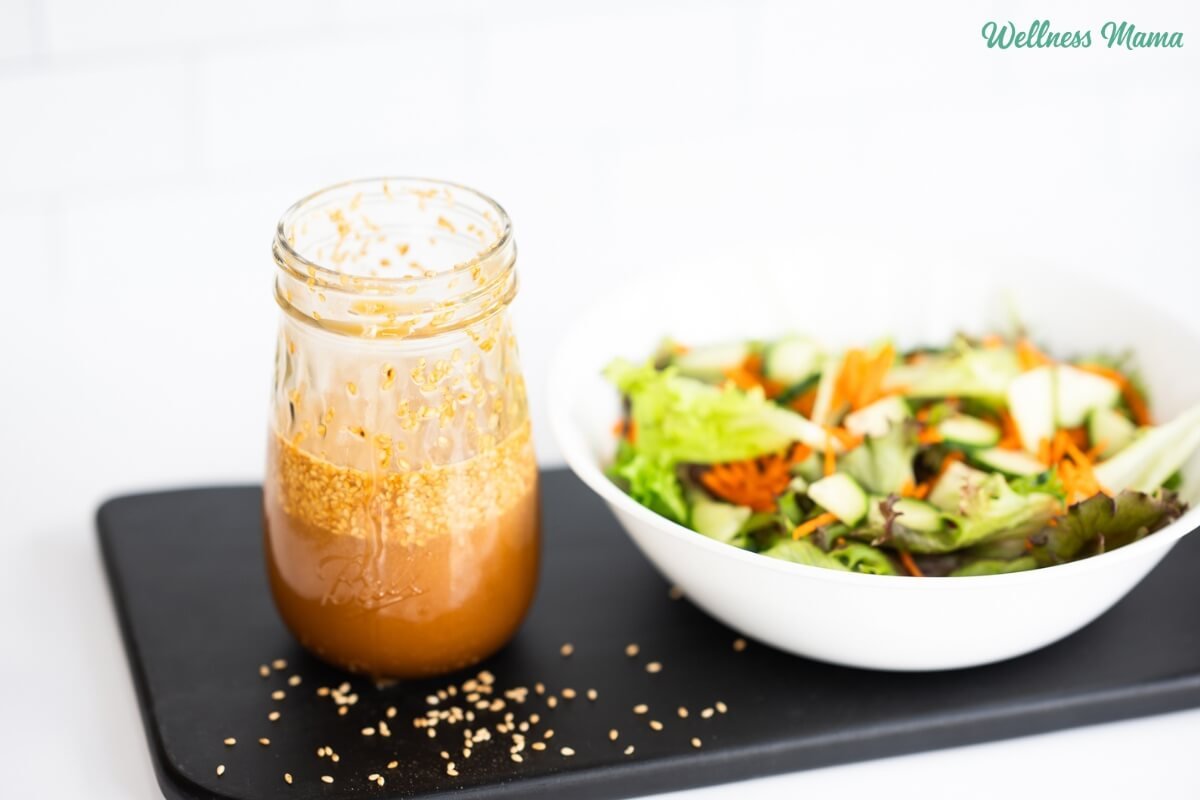

Leave a Reply